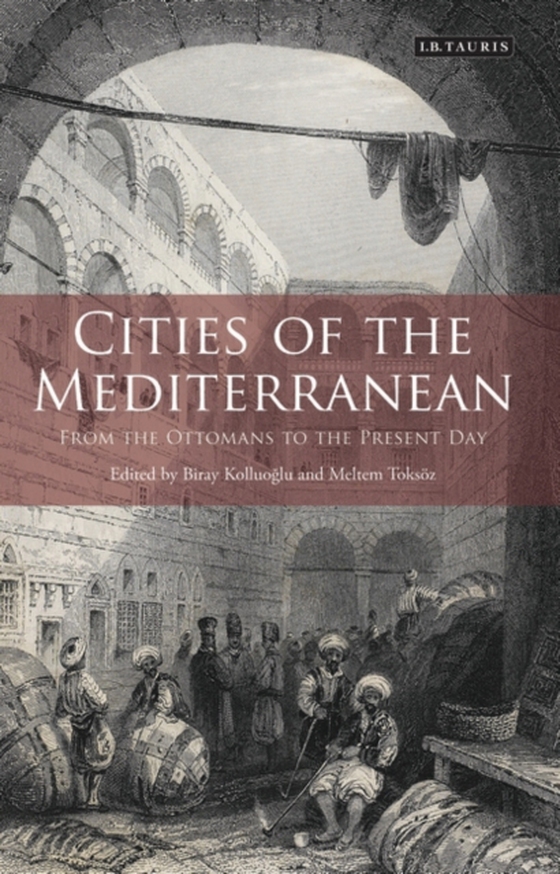
Cities of the Mediterranean e-bog
341,55 DKK
(ekskl. moms 273,24 DKK)
The Eastern Mediterranean is one of the world's most vibrant and vital commercial centres and for centuries the region's cities and ports have been at the heart of East-West trade. Taking a full and comprehensive look at the region as a whole rather than isolating individual cities or distinct cultures, Cities of the Mediterranean offers a fresh and original portrait of the entire region, from ...
E-bog
341,55 DKK
Forlag
I.B. Tauris
Udgivet
25 august 2014
Længde
256 sider
Genrer
HBJF1
Sprog
English
Format
epub
Beskyttelse
LCP
ISBN
9780857737458
The Eastern Mediterranean is one of the world's most vibrant and vital commercial centres and for centuries the region's cities and ports have been at the heart of East-West trade. Taking a full and comprehensive look at the region as a whole rather than isolating individual cities or distinct cultures, Cities of the Mediterranean offers a fresh and original portrait of the entire region, from the 16th century to the present. In this ambitious inter-disciplinary study, the authors examine the relationships between the Eastern Mediterranean port cities and their hinterlands as well as inland and provincial cities from many different perspectives - political, economic, international and ecological - without prioritising either Ottoman Anatolia, or the Ottoman Balkans, or the Arab provinces in order to think of the Eastern Mediterranean world as a coherent whole. Wide-ranging in scope, Cities of the Mediterranean explores diverse topics, weaving together history, sociology, geography, cartography, politics and economics.Early chapters examine the impact of the 'Little Ice Age'; the global economy's shift from the Mediterranean to Antwerp and Amsterdam; early European perceptions of the Eastern Mediterranean; 19th-century harbour building practices and their impact on the cities; and the connections between Alexandria, Izmir and Thessalonica and their vast and diverse hinterlands. The book also explores political radicalism in Turkey and elsewhere as well as the illegal trade networks that linked the Balkans and Adriatic with the Mediterranean and the introduction of new technologies that led to the faster transport of people, goods and information. Through its penetrating analysis of the various networks that connected the ports and towns of the Mediterranean and their inhabitants throughout the Ottoman period, Cities of the Mediterranean presents the region as a unified and dynamic community and paves the way for a new understanding of the subject.
 Dansk
Dansk

